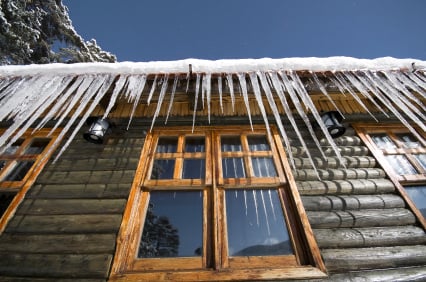 With the Winter months finally at our doorstep after a long and mild autumn, there are many ways to prepare for the often times frigid New England winters ahead. Surely, if you’ve been in New England for a bit you may know the weather is often times very unpredictable – so it is never too soon or too late to winterize your home! Below is a list of compiled tips homeowners can start using now in order to save money and even stay warmer.
With the Winter months finally at our doorstep after a long and mild autumn, there are many ways to prepare for the often times frigid New England winters ahead. Surely, if you’ve been in New England for a bit you may know the weather is often times very unpredictable – so it is never too soon or too late to winterize your home! Below is a list of compiled tips homeowners can start using now in order to save money and even stay warmer.- Check doors and windows for drafts and install and/or repair any weatherstripping where needed
- Keep dampers on fireplaces closed (when not in use) and make sure stove vents are shut when not in use
- Check for any cracks or openings in your foundation, if so fill them with caulking
- Check air ducts and electrical outlets for leaks, if any are found repair
- Make sure attic entrances are sealed properly (e.g. plastic) or consider increasing attic insulation if it presents to be a large issue
Another issue could lay within your actual furnace; make sure to service your furnace by a licensed professional before the winter season sets in! Some steps you can take on your own include:
- Changing filters at least once a month
- If replacing the whole furnace, ensure it is a high efficiency Energy Star model
Often times it is the simplest of fixes that can make all the difference, and that goes without saying that some of the following can greatly improve your home for winter.
- Remove AC units if possible to prevent heat from escaping or if not possible to remove the unit purchase a cover in order to prevent any drafts
- Do not rule out the use of ceiling fans in the winter – running them clockwise can help disperse air and push warm air down into a room
- Make sure vents are not covered by any furniture or draperies
- Also ensure the vents and ducts are properly cleaned so they can work to their best potential
- Close doors to unused rooms in order to disperse the heat where you need it most
- Lastly, take advantage of our best natural source of heat – the sun!
- Make sure to open draperies on bright days to let the sun warm your rooms and seal draperies at nightfall to lock in the heat
Sources: duke-energy.com, Stephanie Andre, mxenergy.com


